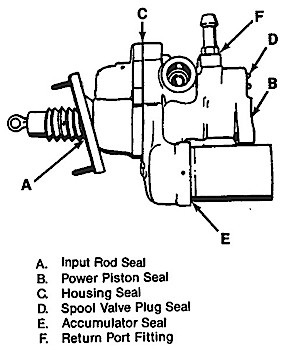

Take a look at some of the things you need to know in order to service the brakes on a Mercedes-Benz AMG vehicle.
AMG is the performance line of Mercedes-Benz vehicles, just like Nismo is to Nissan, and M is to BMW. I can tell you from experience that there are many exciting vehicles wearing that AMG badge. They’re powerful, luxurious and they make a sound unlike any other.
But, just like all motor vehicles, they require service from time to time. Slowing the vehicle down from high speeds takes a toll on the brakes, wearing them down over time. So, today let’s take a look at some of the things you need to know in order to service the brakes on a Mercedes-Benz AMG vehicle.
Incorrect readings can be avoided.

The system provides great ride & handling, but it can be complicated to service if you do not have the right training.

Technical Service Bulletins can be valuable in helping solve vehicle problems. But sometimes, it takes multiple TSBs to find a pattern failure or the “root cause” of a problem. In the case of the Audi/VW 2.0L Fuel Stratified Injection (FSI) engine introduced in 2006, three problems related to engine carbon and fuel issues are connected

Taking a guess can get very pricey if you can’t return the part.

The latest software includes new coverage, guided component tests and features.
The company said it hopes to uncover new improvements and technologies to innovate the retread process.
It uses a 3-layer filter to deliver cleaner, healthier, fresher air on the go, Lumileds said.
The campaign aims to raise $65,000 through 1,000 donations of $65 each.